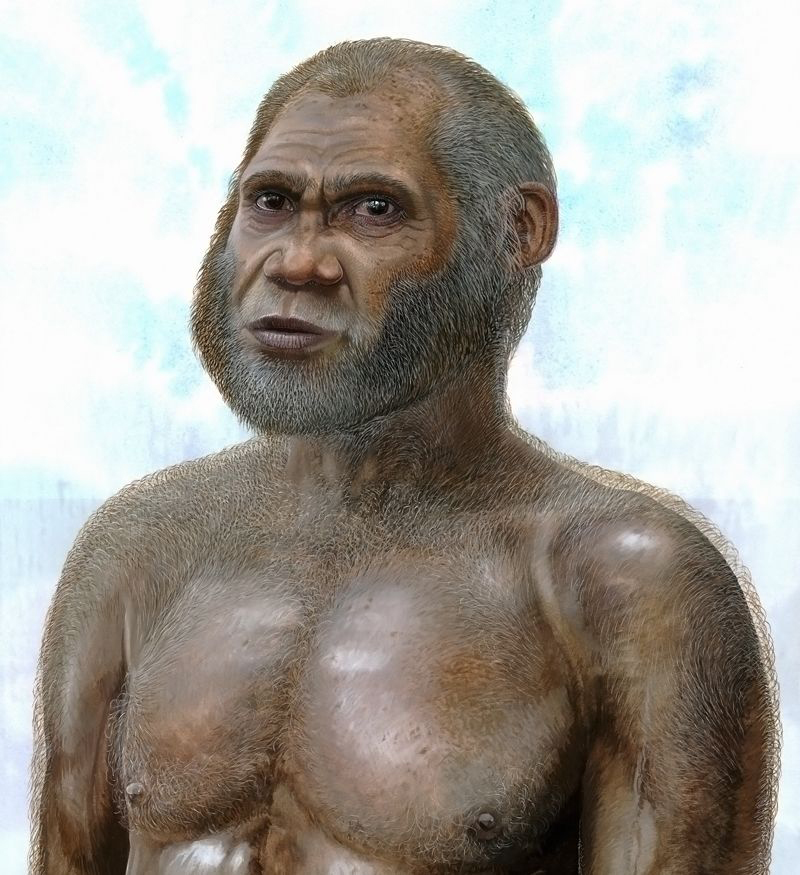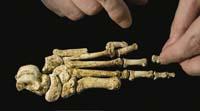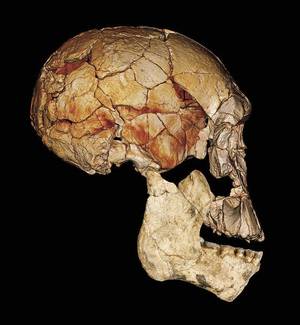DNA, Asia and the richness of human evolution
2012/03/22 Carton Virto, Eider - Elhuyar Zientzia

For years a more complex, confused and rich view of human evolution has been strengthening and expanding. And in it, among other things, they have had to see some discoveries in Asia. The man of Flores is undoubtedly one of the discoveries of Asia of the last decade that more attention and stir has aroused. The discovery added to our family tree a human being highly likely not to be Homo sapiens, living on an Indonesian island just 18,000 years ago. Better known as the nickname Hobbit, in 2004 we met this amazing little man, and since then they have found fragments of the skeletons of nine individuals.
Although the fossils date back to 38,000-18,000 years, the findings made on the island of Flores suggest that that man lived between 95,000 and 13,000, so that, in that case, it corresponded to him from before the Homo sapiens extended to Asia, and that he survived for a long time.
Last week we learned about other rare human fossils of that time. In the journal PLoS ONE the studies of four skulls found in southern China were released: according to the studies, they are between 14,000 and 11,000 years, very similar to each other, and have a mixture of modern and archaic morphological characteristics of the Homo sapiens. The researchers have a central hypothesis to explain fossils so young with archaic characteristics: according to them they may be descendants of an early migration of the Homo sapiens, which remained isolated from those who arrived in the next migratory periods. But they could be members of another species that evolved in Asia, or hybrids...In any case, the context of discovery is of great interest: The modern Homo sapiens has put on the map of human evolution human beings, living in the continental lands, at a time when our ancestors were taking the first steps of the transition from hunter-gatherer to agriculture. At the moment, red deer caves have been named.
Along with such discoveries, the analysis of ancient DNA has entangled the history of human evolution in a shocking way. In 2010 it was classified among the discoveries of the year the decoding of the Neanderthal genome and knowing that today's humans keep in our genomes some Neanderthal genes. Not all Africans have these genes, which indicates that on occasion hybridization occurred between both species in the history of “substitution”.
The DNA of the people of Flores and the red deer cave has not been studied to date, so it is unknown if genetic remains are preserved in the current Asian population. We know, however, that those of other people who do not know their appearance have been preserved. In fact, in 2010 the results of the genetic study of a small piece of bone found in the Siberian cave of Denisova were also released. It was a piece of small finger bone of a young woman who lived 40,000 years ago. Another piece of bone of a finger and a skewer complete all the treasure found in Denisova, but unlike what happened almost nothing ago, it has been enough to know that thanks to the DNA studies it was not Homo sapiens, nor Homo neanderthalensis, who 1,000,000 years ago shared with them a common ancestor and that the current inhabitants of Melanesia preserve their remains in their genes.
With these discoveries, the image of a clear representation without hybridization of migrations and species has been disfigured in the last decade, and a more complex image of the most recent history of human evolution. According to paleoanthropologists, it was to be expected that many of those studied in Europe and Africa would be enriched by the few studied in Asia, and as ancient DNA analysis techniques developed. More surprises await us for the happiness of those who passionately follow the history of human evolution.
Posted in news.

Gai honi buruzko eduki gehiago
Elhuyarrek garatutako teknologia





